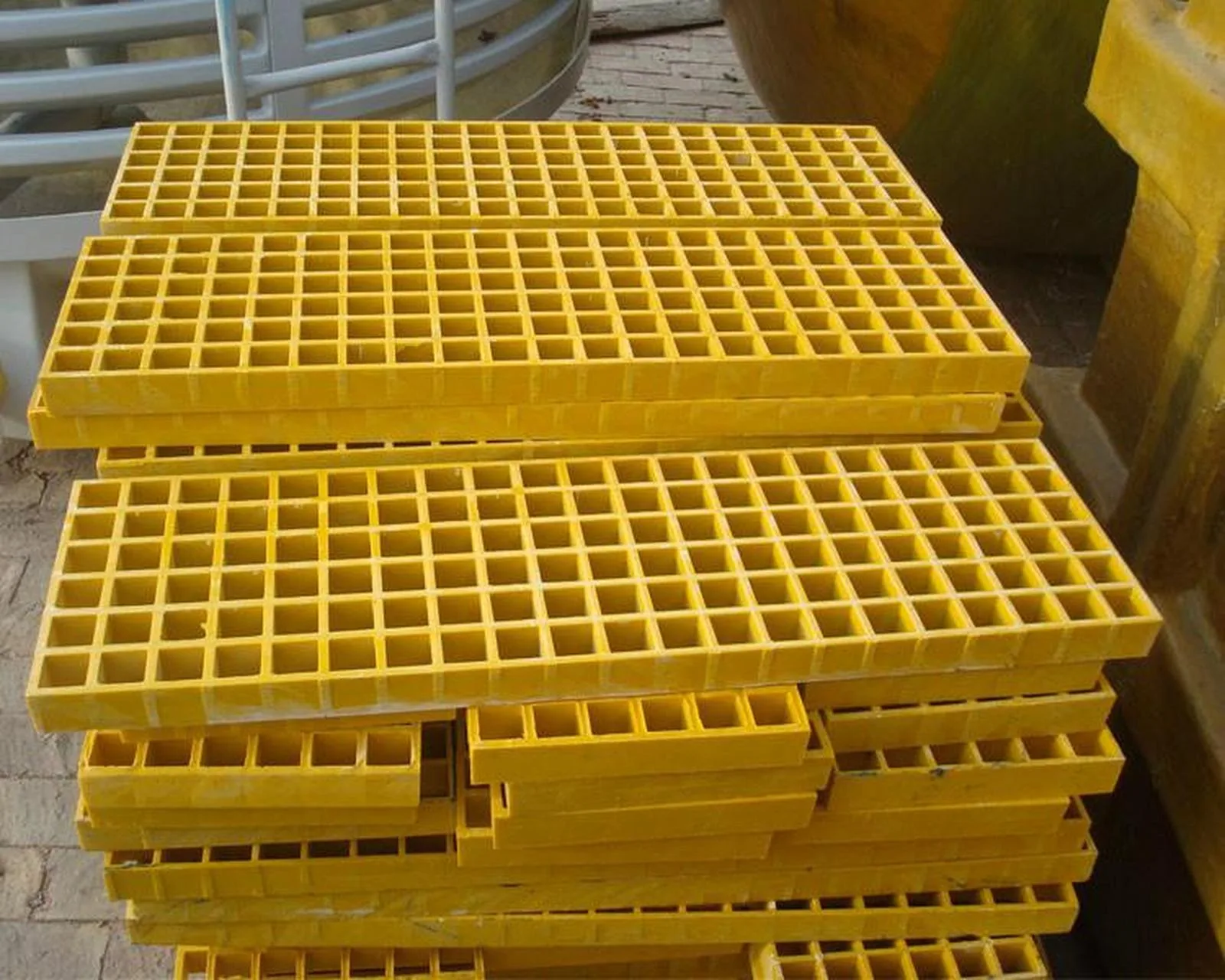Introduction
Workplace safety is a top priority across industries, particularly in environments where moisture, chemicals, or heavy equipment pose daily hazards. One often-overlooked yet critical element in maintaining a safe workspace is the type of flooring used. Slip free fiberglass grating offers a powerful solution to reduce accidents, improve traction, and comply with safety regulations. This article explores five compelling reasons why integrating slip free fiberglass grating into your facility is a smart and necessary investment.

slip free fiberglass grating
Reason 1: Reduces Slips, Trips, and Falls
One of the leading causes of workplace injuries is slipping or tripping, often due to poor surface traction. Slip free fiberglass grating is designed with anti-slip surfaces such as grit coatings or molded-in textures that significantly improve grip underfoot.
According to the National Safety Council, slips and falls account for over 20% of all workplace injuries.
Fiberglass grating provides a high-friction surface, even in wet or oily conditions.
Ideal for areas around machinery, walkways, or where water accumulation is common.
Reason 2: Resistant to Corrosion and Harsh Chemicals
In industrial environments, flooring is often exposed to chemicals, moisture, and temperature fluctuations. Unlike metal grating, fiberglass does not rust or corrode, which helps maintain its anti-slip properties over time.
Perfect for chemical plants, food processing facilities, and marine applications.
Extended lifespan means fewer replacements and reduced maintenance costs.
Maintains integrity and safety features even when exposed to corrosive substances.
Reason 3: Lightweight and Easy to Install
Compared to steel or aluminum, fiberglass grating is significantly lighter. This not only reduces shipping costs but also makes installation safer and easier, especially in elevated or hard-to-reach areas.
No need for heavy machinery during installation.
Panels can be easily cut to size on-site with simple tools.
Speeds up construction timelines and minimizes labor requirements.
Reason 4: Complies with OSHA Safety Standards
Using slip free fiberglass grating can help companies meet or exceed Occupational Safety and Health Administration (OSHA) guidelines for workplace safety. Facilities that fail to meet these standards risk fines, shutdowns, and increased liability.
OSHA regulations require walking surfaces to be “clean and dry” with minimal slip hazards.
Fiberglass grating contributes to compliance with standards for walking-working surfaces (29 CFR 1910.22).
Helps demonstrate commitment to employee well-being and safety.
Reason 5: Long-Term Cost Efficiency
While the initial investment in fiberglass grating may be higher than alternative materials, the return on investment becomes clear over time. Its durability, minimal maintenance needs, and enhanced safety all contribute to reduced long-term costs.
Lower maintenance and replacement frequency save money.
Helps prevent costly worker compensation claims from slip-related injuries.
Durable under heavy foot traffic, forklifts, or rolling carts.
Conclusion
From preventing injuries to reducing maintenance and ensuring compliance, slip free fiberglass grating plays a vital role in enhancing workplace safety. Its superior traction, chemical resistance, and long-term value make it a wise choice for industrial and commercial environments alike.
Don’t wait for an accident to make a change—invest in safety today with slip free fiberglass grating.
Ready to improve your facility’s safety? Share your thoughts below, or contact us for expert recommendations tailored to your workplace needs.




























